(CLO) Having sworn allegiance to the self-proclaimed Islamic State (IS) and Al Qaeda, Mohammed Al-Jawlani unexpectedly led a powerful rebel force to attack and control most of Syria's major city of Aleppo.
From terrorist fighter to rebel leader
Abu Mohammed al-Jawlani boarded a bus in Damascus in March 2003, crossing the desert to Baghdad with other volunteers eager to repel the impending US invasion of Iraq.
When he returned home in 2011, after five years in a US-run prison in Iraq, he was an emissary for the founder of the self-proclaimed Islamic State (IS), Abu Bakr al-Baghdadi. Al-Jawlani arrived in Syria with bags full of cash and a mission to take the extremist movement global.
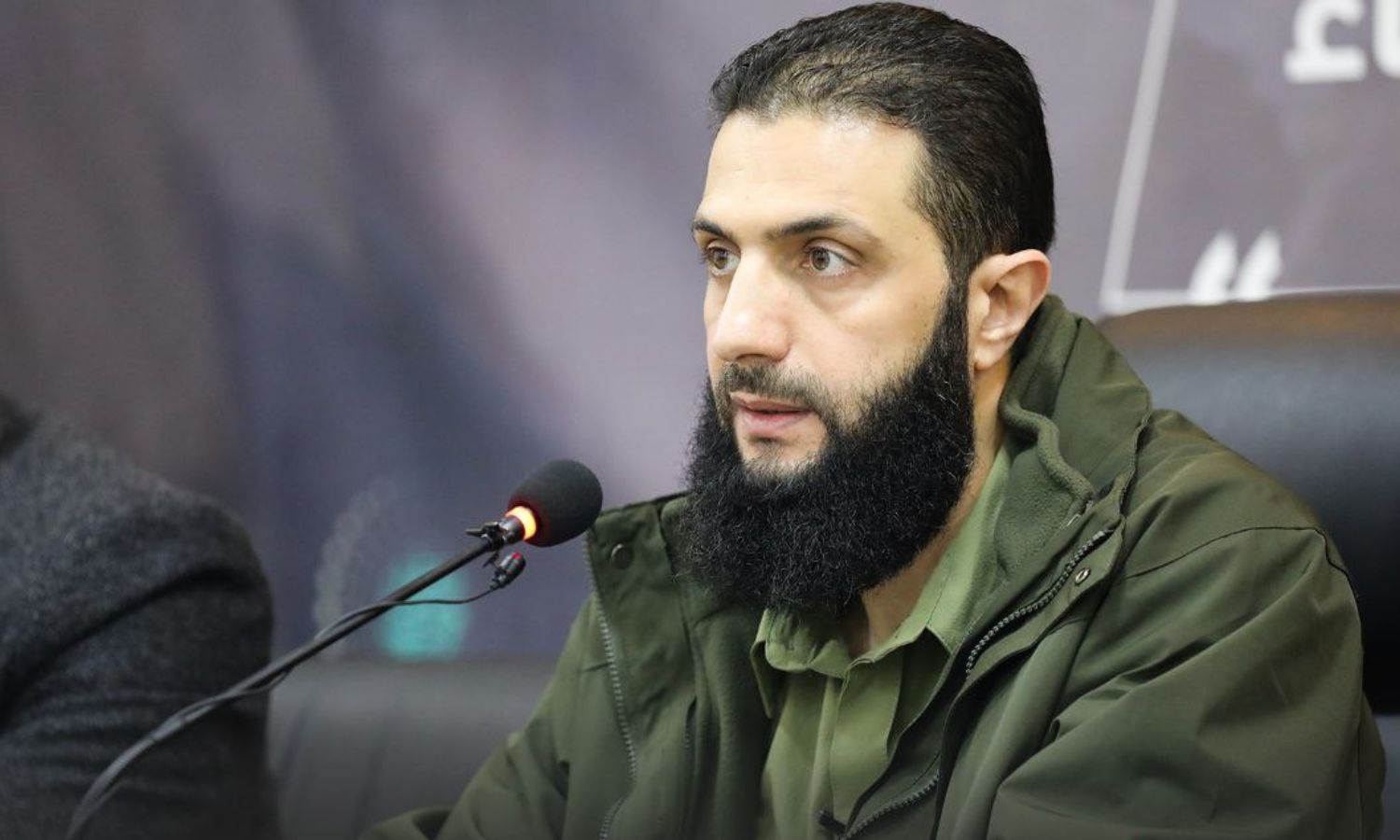
Abu Mohammed al-Jawlani, the leader of HTS, is a former member of IS and Al Qaeda. Photo: Enab Baladi
Last week, Al-Jawlani, 42, triumphantly entered Aleppo, Syria’s second-largest city, as the top commander of a rebel coalition led by his Hayat Tahrir al-Sham (HTS) force. The sudden and swift victory marked one of the most dramatic moments in a Middle East that has never lacked for drama.
Compared to IS's capture of Iraq's second-largest city, Mosul, in 2014, in terms of shock value and strategic importance, the fall of Aleppo is by far a very different event.
Rather than engage in a bloody massacre against religious minorities, a hallmark of Al-Baghdadi's self-proclaimed caliphate, Jawlani issued edicts ordering the protection of Christians and Shiite Muslims, and demanding that his people refrain from retaliation.
“In the future of Syria, we believe that diversity is our strength, not our weakness,” the group said in a statement on Monday. So far, there have been no reports of massacres in Aleppo, and Jawlani’s HTS forces have allowed the besieged Kurdish units to leave safely.
“The day they took Aleppo, before I saw them, I felt like the Titanic was sinking,” said a Christian woman in Aleppo. “But there was no looting, and the shops and restaurants reopened the next day. Everyone was shocked because they treated us so well. They looked scary. They looked exactly how you would imagine someone saying a terrorist: long beards and turbans.”
Why did Al-Jawlani change strategy?
Al-Jawlani's victory in Aleppo - a victory that positions the man the United States still regards as a terrorist as a potential candidate to rule Syria if President Bashar al-Assad's regime falls - follows a remarkable political transformation rarely seen in the region.
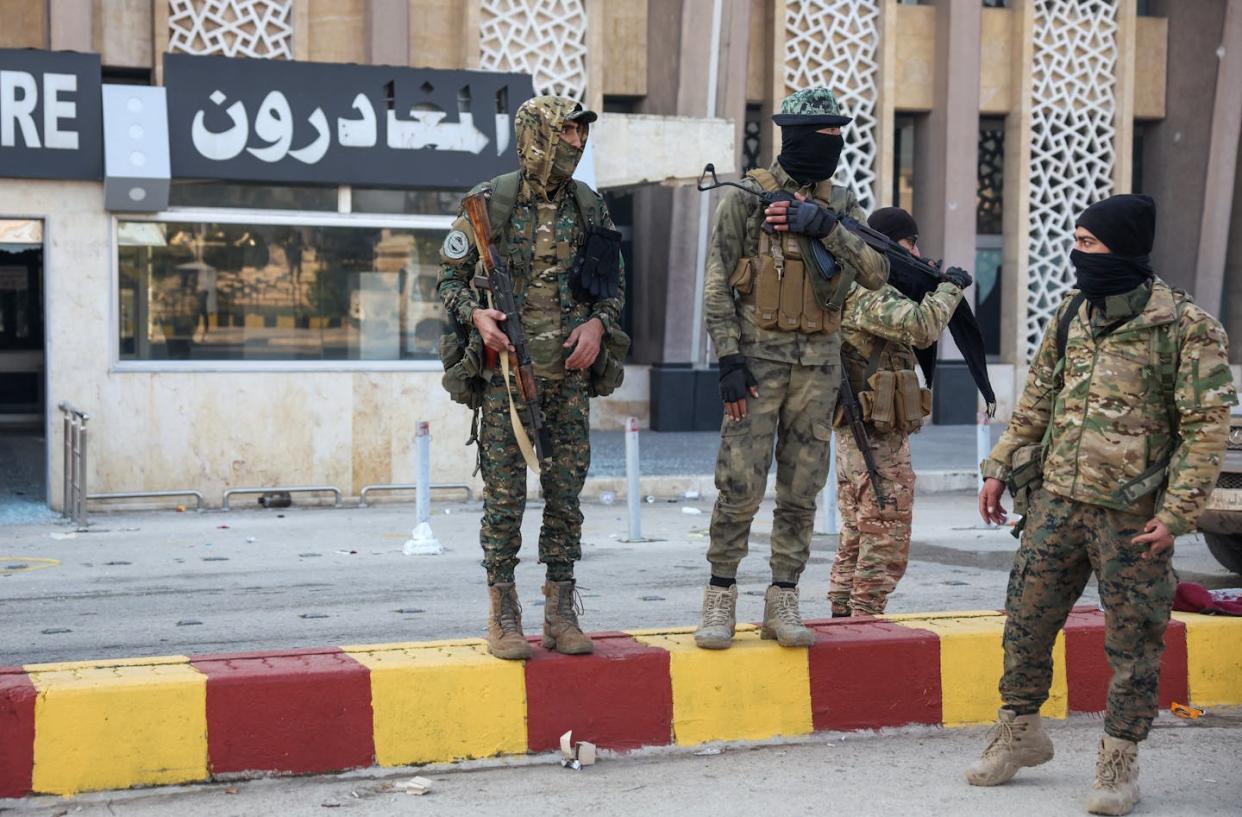
Fighters from HTS, the leading force of the rebel alliance in Syria, on the streets of Aleppo on December 2. Photo: AFP
Born Ahmed Hussein al-Sharaa, the rebel leader took the moniker Al-Jawlani, a reference to his family's origins in the Golan Heights, which Israel captured from Syria in 1967. Al-Jawlani split from IS in 2012, severed ties with Al Qaeda in 2016, and has since fought both terrorist organizations in bloody campaigns.
In doing so, Al-Jawlani steered HTS away from a transnational jihadist movement that was more interested in waging war with the United States and the West. “The fact that Al-Jawlani and his group are breaking away from ISIS and Al Qaeda is very sincere,” said Aaron Zelin, a senior fellow at the Washington Institute for Near East Policy and author of a recent book on HTS. “They have not been a part of these entities for longer than they have been with them, and it has been basically eight and a half years since they swore off the global jihadist movement.”
Instead of jihad, Jawlani transformed HTS—which has run its own autonomous enclave in Syria’s northern Idlib province since 2015—into a disciplined force focused entirely on operations in Syria, a blend of Islamism and nationalism that echoes the Afghan Taliban and Palestinian Hamas. Instead of an Islamist banner, HTS troops choose to fight under the Syrian flag, which dates back to the republic that existed before the 1963 Baathist revolution that eventually brought the Assad family to power.
“From the very beginning, HTS has said that we do not have transnational goals, we are focused on Syria, we want to fight in Syria and that is the essence of our disagreement with other jihadist groups,” said Dareen Khalifa, a senior adviser at the International Crisis Group (ICG), who has met Al-Jawlani several times in Syria.
“HTS leadership is more pragmatic and less ideological,” Khalifa added. “Jawlani is not a cleric, he is a politician who is willing to make deals and is very compromising on many things – except against the regime. Don’t underestimate his ambition.”
HTS was once listed as a terrorist organization by the United States, which offered a $10 million bounty for information leading to Al-Jawlani’s death. However, the United States has not targeted Al-Jawlani or other senior HTS commanders since he declared nearly a decade ago that he did not want to be an enemy of the United States.
During President Donald Trump's first term, Al-Jawlani and HTS attempted to negotiate a deal to remove them from the list of terrorist groups.
“They have learned how to play this game,” said Alberto Miguel Fernandez, vice president of the Middle East Media Research Institute (MEMRI) and a former counterterrorism communications coordinator for the U.S. State Department. “They still have what we call extremist ideology, but they are not stupid extremists, and they are nationalist extremists.”
There are still many big questions
It is unclear how genuine Al-Jawlani’s transformation is, and how effective his calls for moderation are in lulling other Syrians and the West. The Afghan Taliban, for one, also promised a more inclusive and feminist government before taking power in 2021, but they have since excluded women from the workplace and education, reverting to the way they ruled before the 2001 US invasion of Afghanistan.
“The transition from jihadist to leader of the Syrian revolution? I am skeptical,” said Fabrice Balanche, a Syria expert at France’s University of Lyon 2. “Yes, Jawlani may have become more bourgeois with age, and may have abandoned some of his radical ideology. But I think he is probably using stealth tactics to hide his true intentions.”
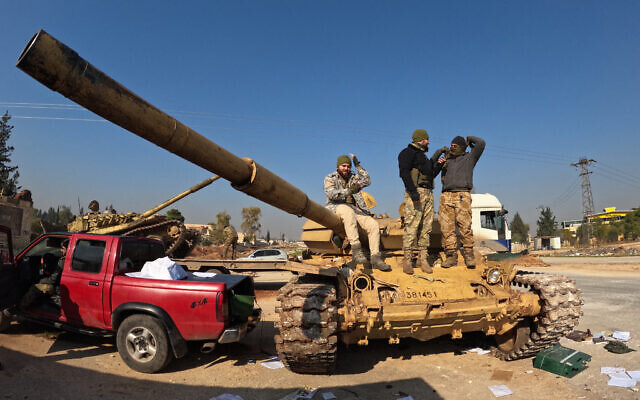
HTS fighters seize a Syrian army tank on the M5 international highway in the Zarbah area on November 29, 2024, on the way to Aleppo, northern Syria. Photo: AFP
Human rights groups have also accused HTS of arbitrarily arresting activists, journalists and civilians who have criticized the force, and of torturing and mistreating detainees, charges Al-Jawlani has denied.
After storming Aleppo, Al-Jawlani fighters knocked on the doors of several Christian homes and told residents they had come for peace, according to Professor George Meneshian, a Greek foreign policy analyst with relatives in Aleppo.
Despite those assurances, many remain wary. “Even if HTS leadership says they will respect minorities, they cannot control individual fighters,” the professor said.
Indeed, the presence of hundreds, if not thousands, of foreign fighters in HTS’s ranks—Chechens, Turks, Iraqis, Central Asians, and Uighurs—is a major problem not only in Syria, but also for the international community. Al-Jawlani, when asked about these fighters in a 2020 ICG meeting, said they posed no threat to anyone outside Syria.
But in a 2021 interview with PBS’s “Frontline” from Idlib, Syria, Al-Jawlani also said he had no regrets about celebrating Al Qaeda’s September 11, 2001 attacks on the United States, or about fighting against U.S. troops in Iraq.
Is Al-Jawlani changing course as he appears to be advancing into Aleppo? The answer remains to be seen, but for now, Al-Jawlani has something more important to prove: He and his rebel forces will face what is expected to be an increasingly fierce counterattack from the Syrian government and its allies.
Quang Anh
Source: https://www.congluan.vn/thu-linh-phien-quan-syria-vua-chiem-aleppo-la-ai-va-muc-dich-tan-cong-la-gi-post324036.html


![[Photo] Prime Minister Pham Minh Chinh chairs conference to review the implementation of Resolution No. 18-NQ/TW](https://vstatic.vietnam.vn/vietnam/resource/IMAGE/2025/4/14/dcdb99e706e9448fb3fe81fec9cde410)
![[Photo] General Secretary To Lam holds talks with General Secretary and President of China Xi Jinping](https://vstatic.vietnam.vn/vietnam/resource/IMAGE/2025/4/14/b3d07714dc6b4831833b48e0385d75c1)
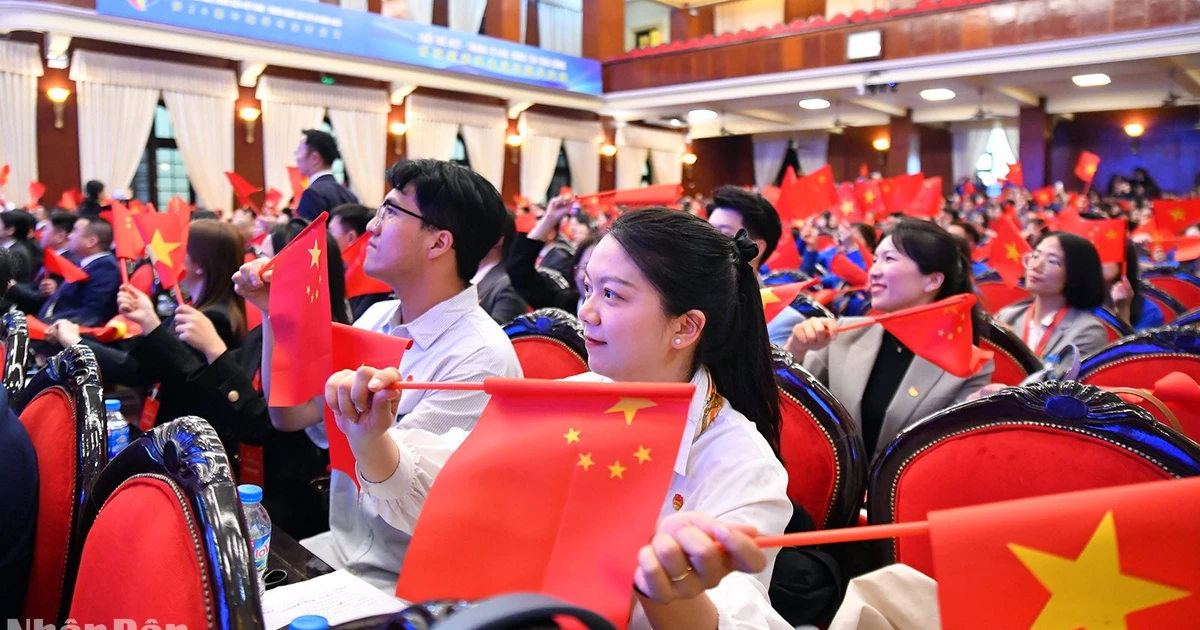
![[Photo] Hanoi people warmly welcome Chinese General Secretary and President Xi Jinping on his State visit to Vietnam](https://vstatic.vietnam.vn/vietnam/resource/IMAGE/2025/4/14/d6ac6588b9324603b1c48a9df14d620c)

![[Photo] Ceremony to welcome General Secretary and President of China Xi Jinping on State visit to Vietnam](https://vstatic.vietnam.vn/vietnam/resource/IMAGE/2025/4/14/5318f8c5aa8540d28a5a65b0a1f70959)
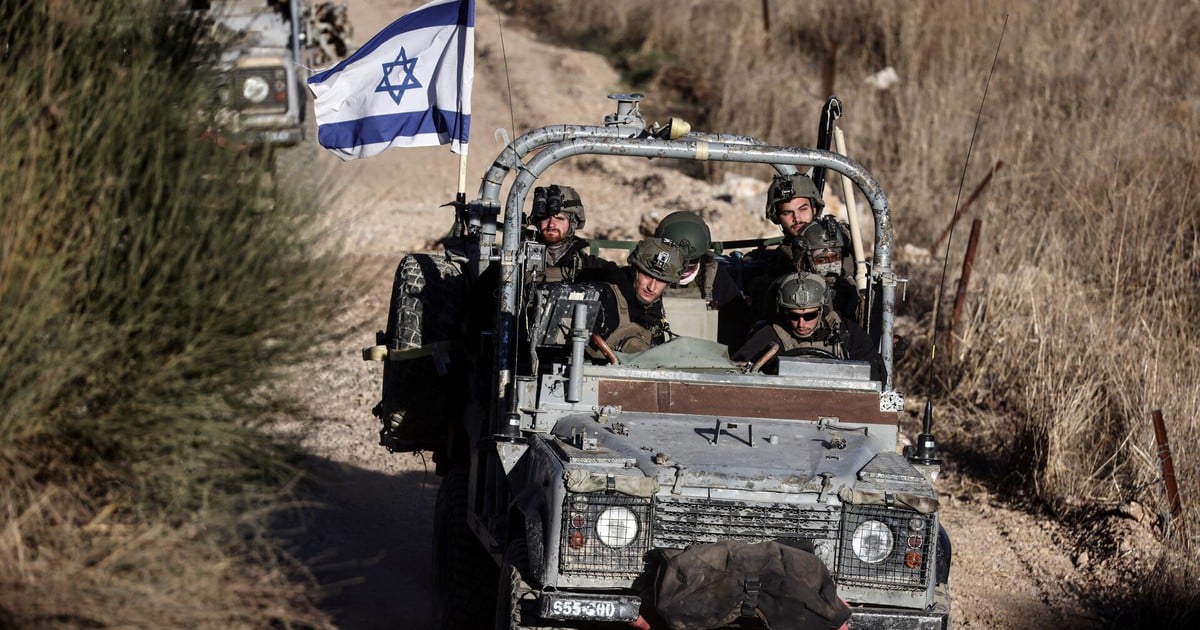

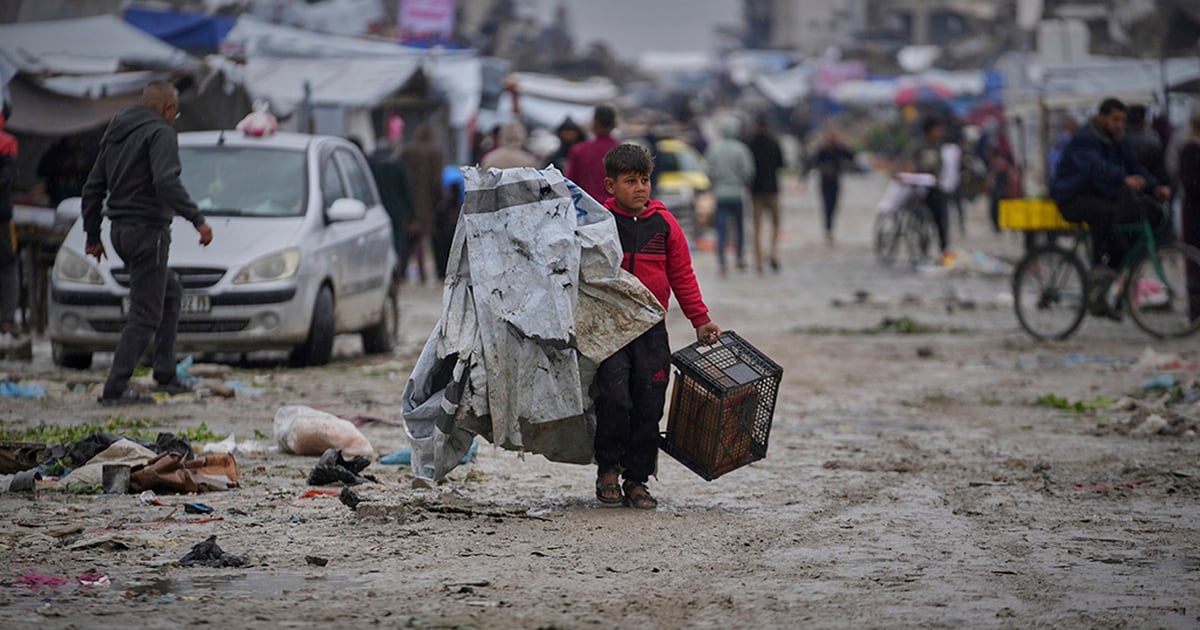
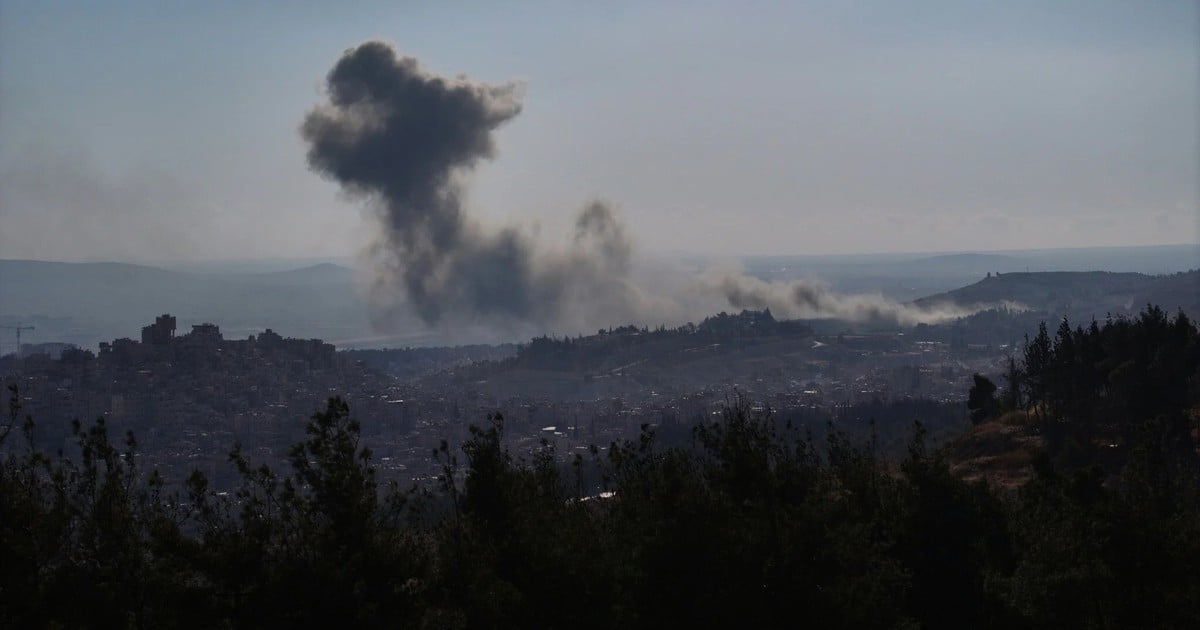
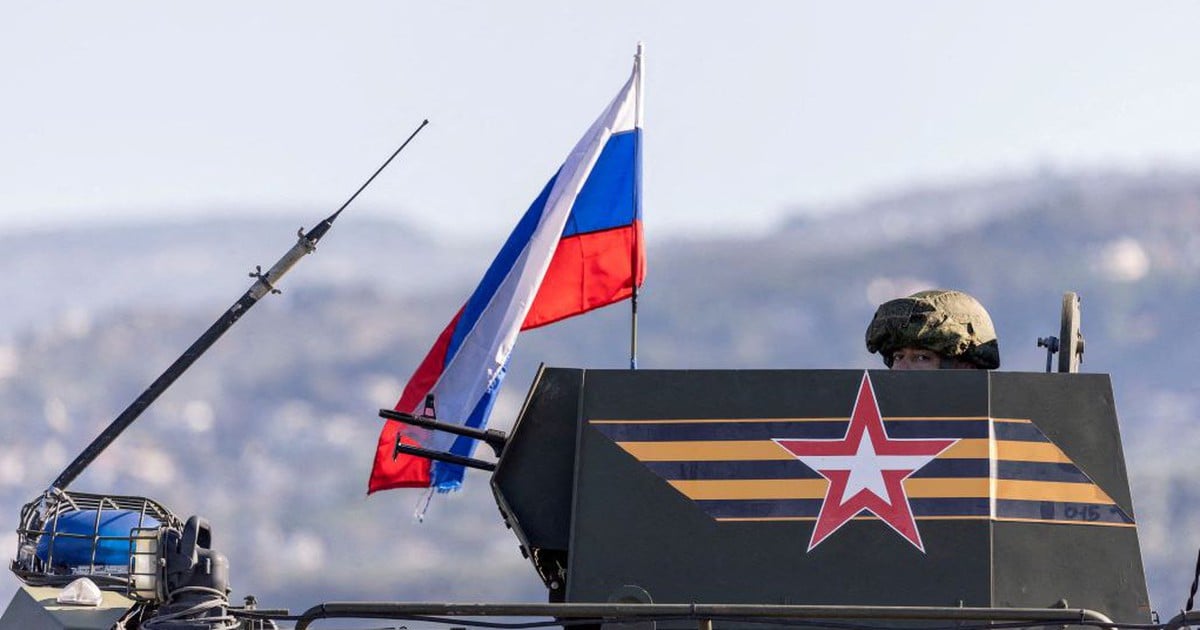
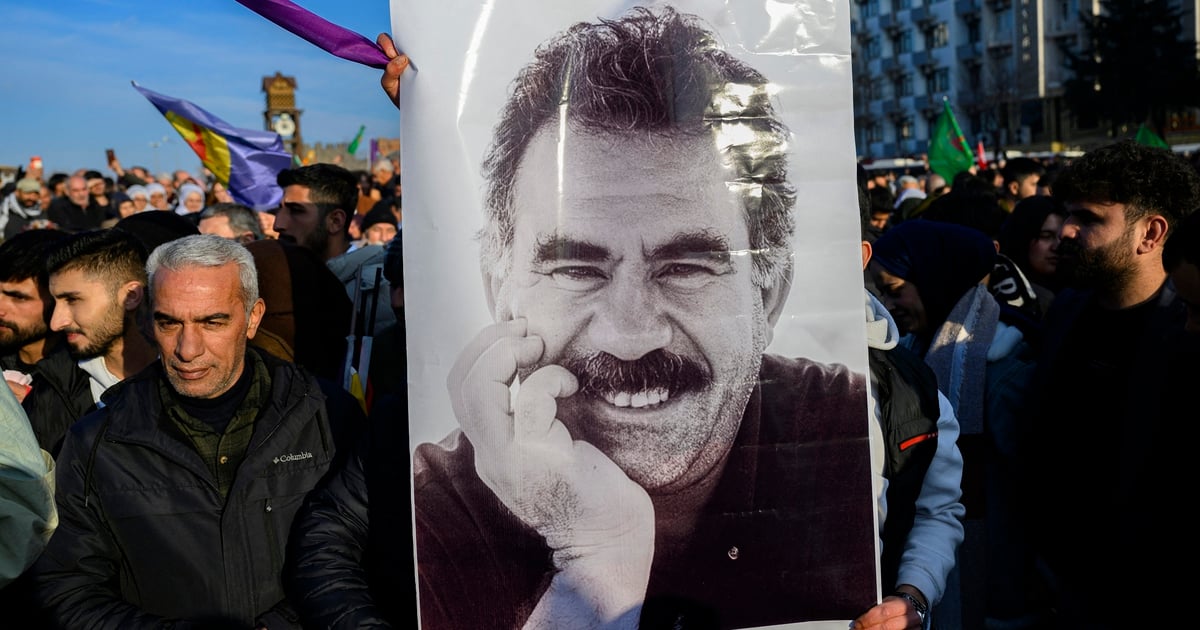
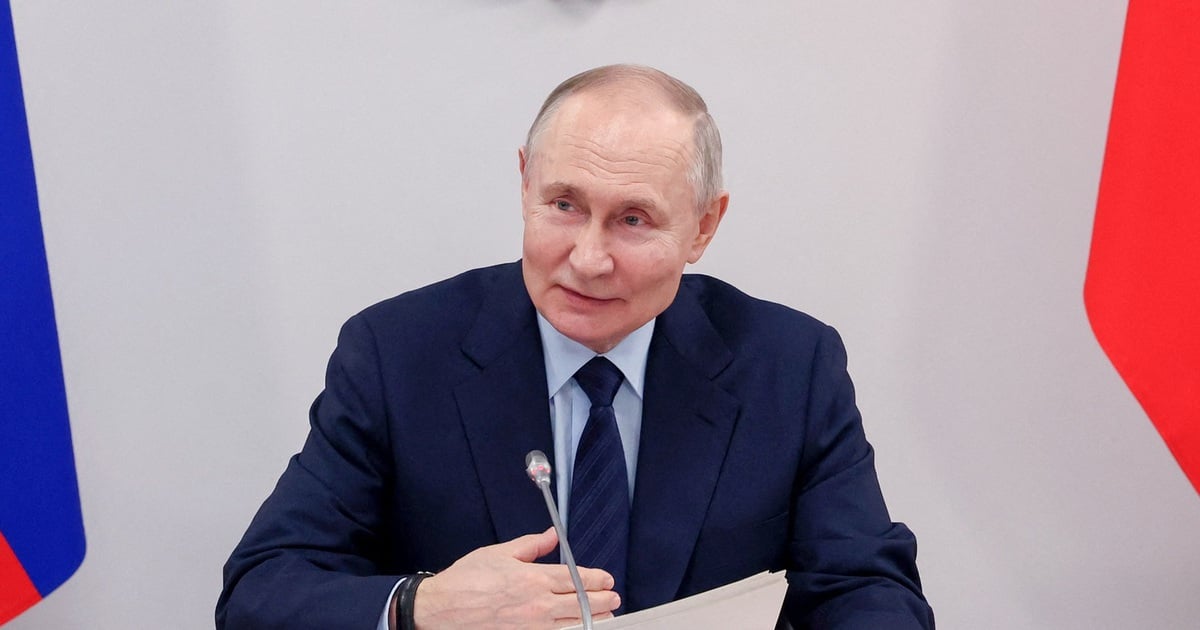
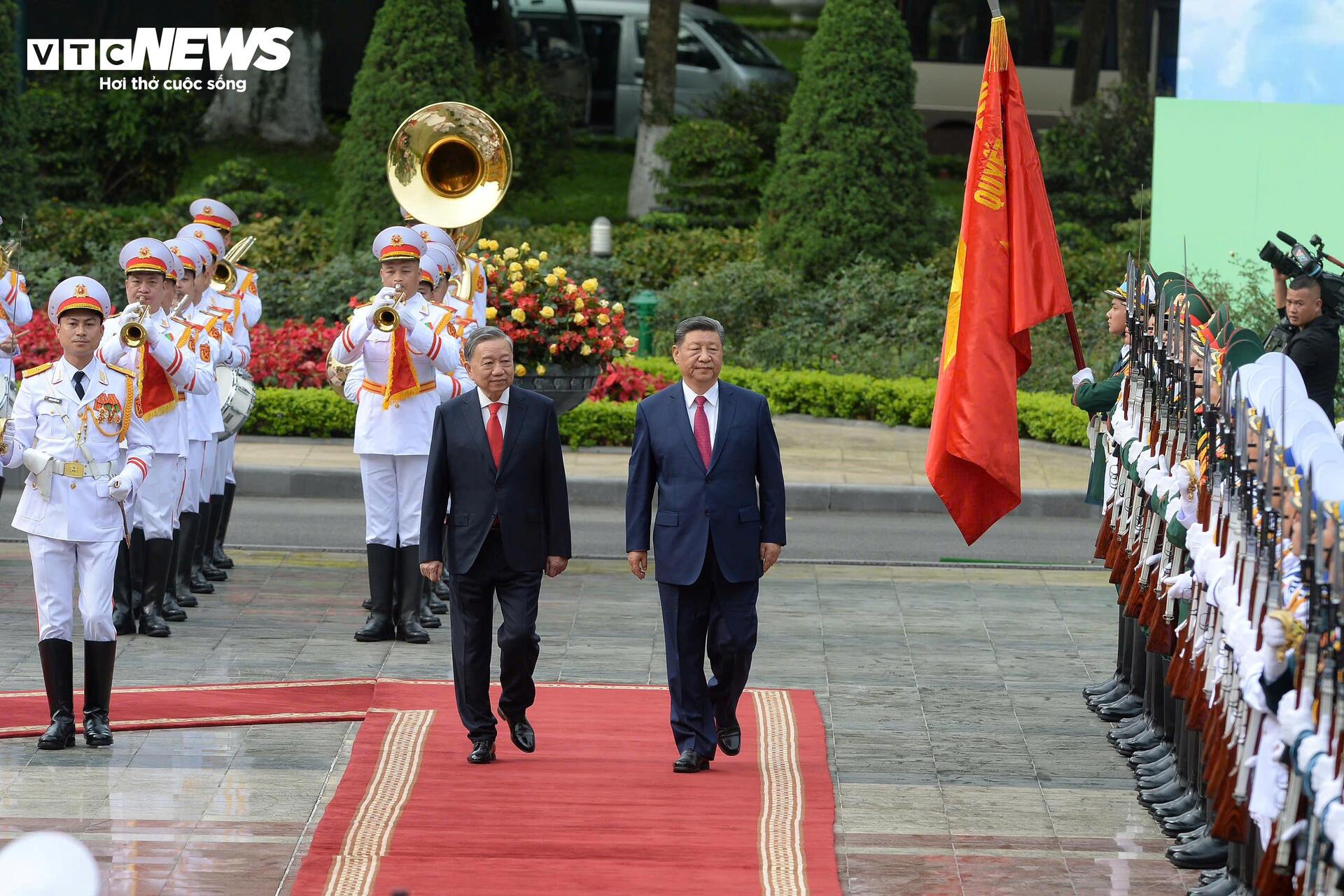
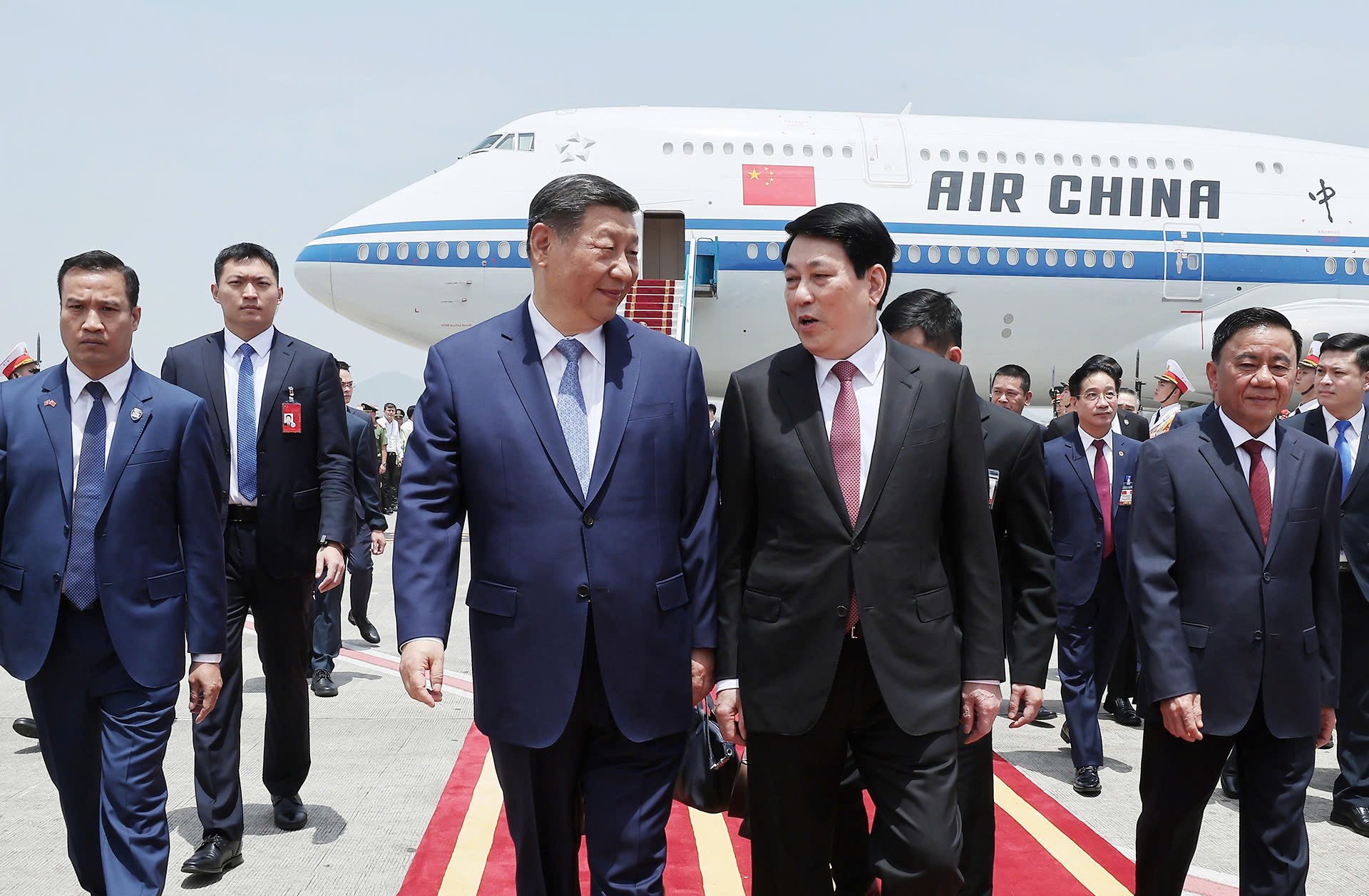
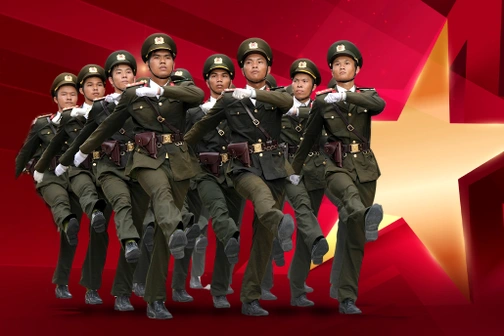
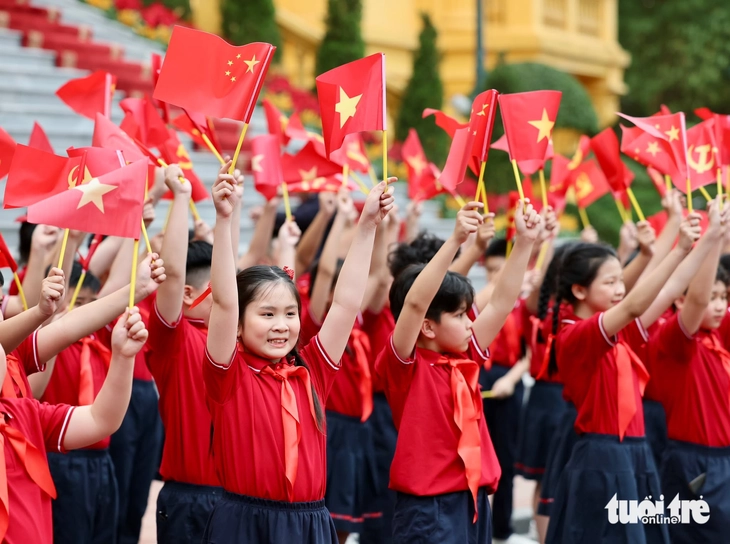
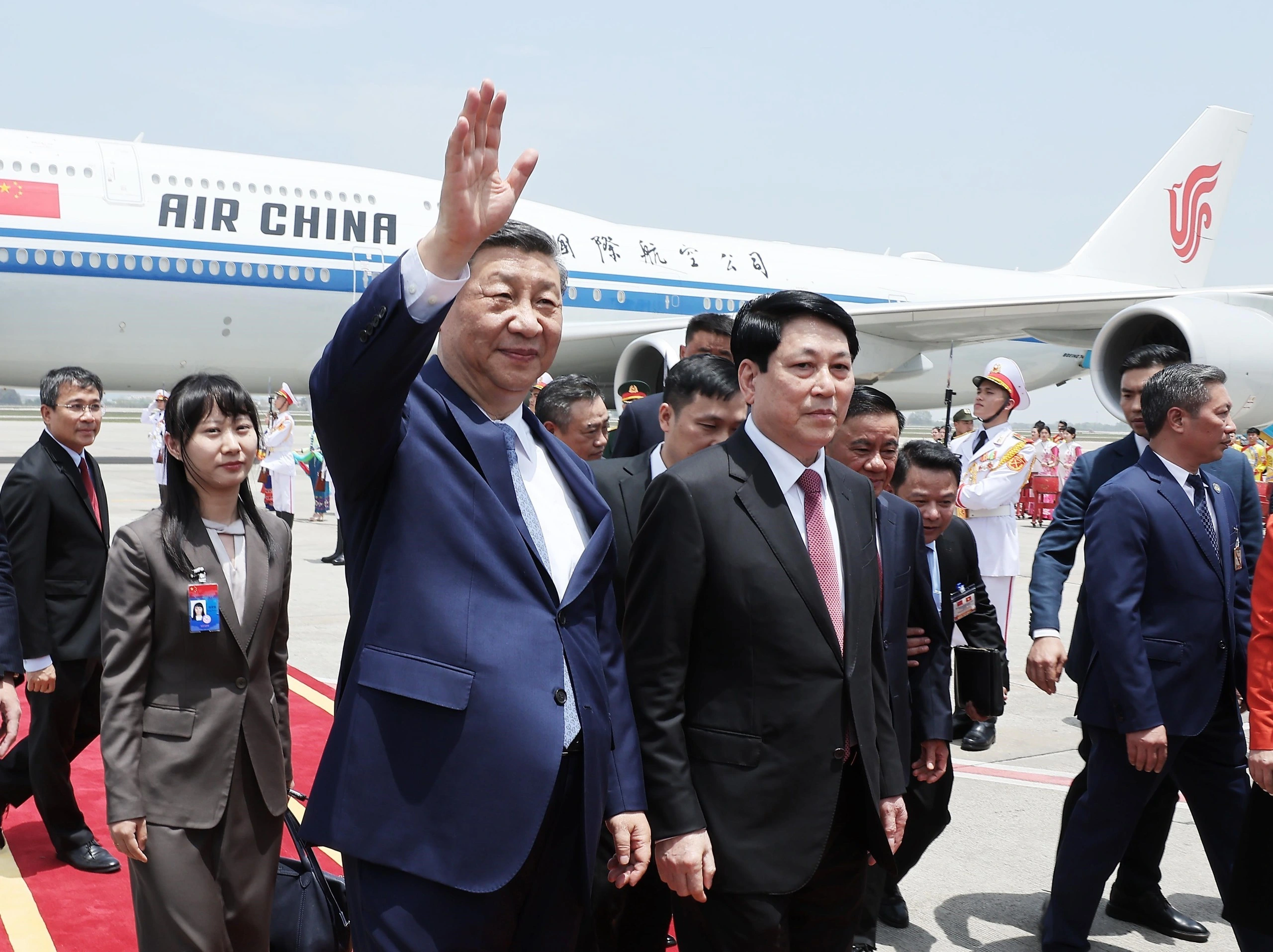
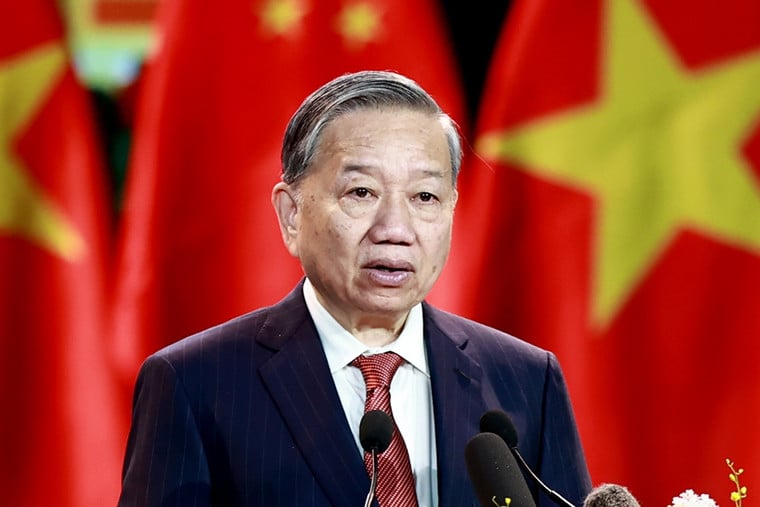






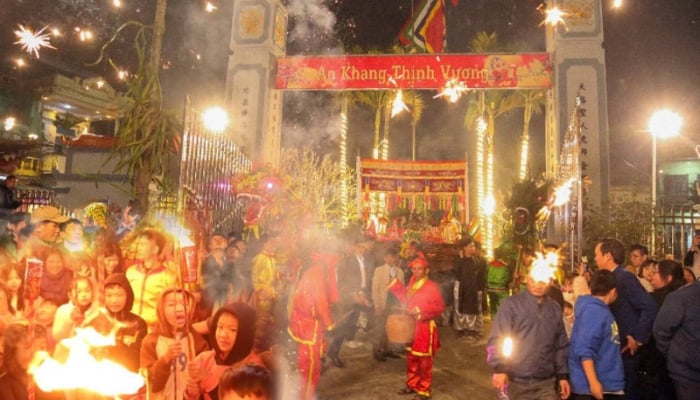
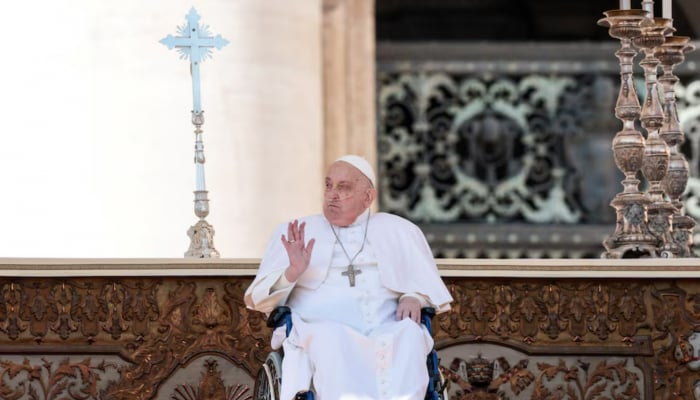
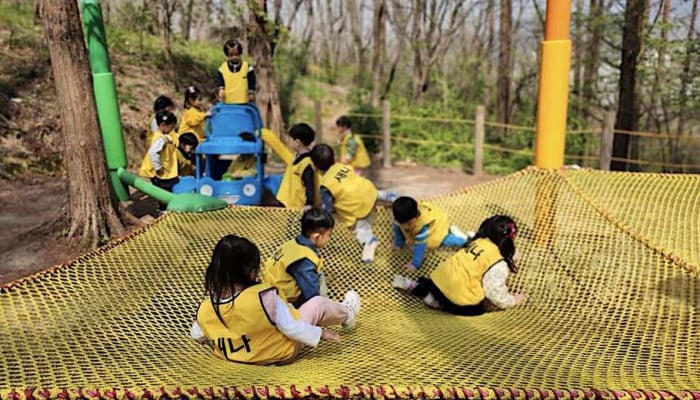
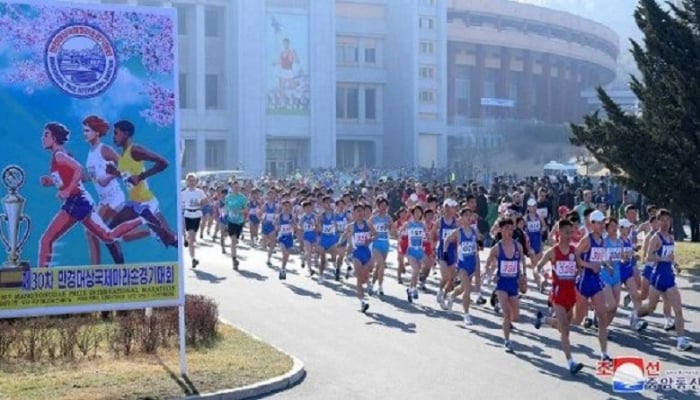
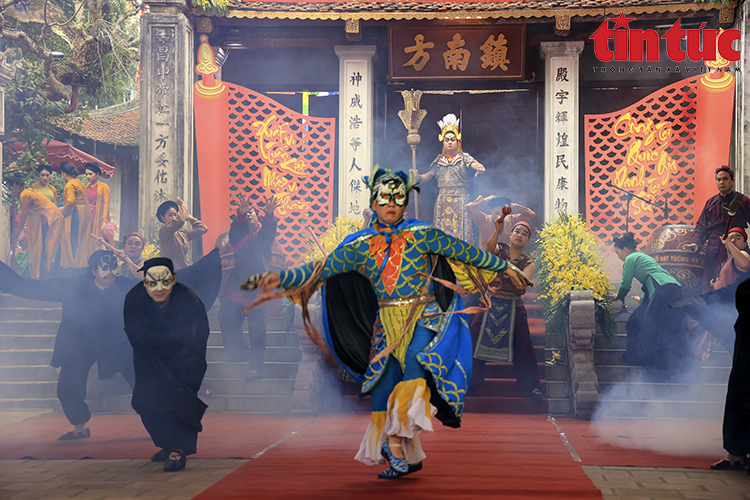

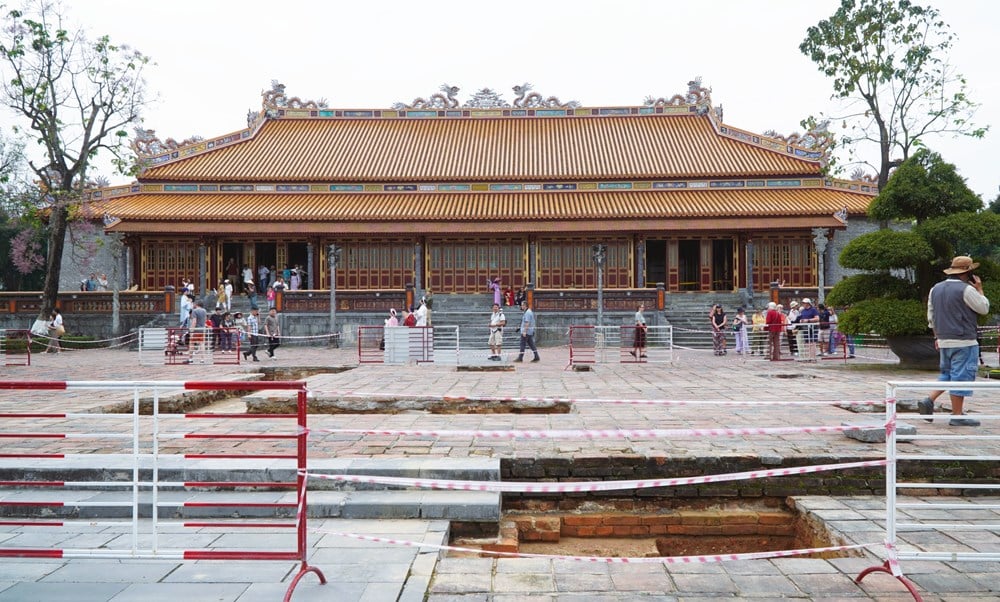




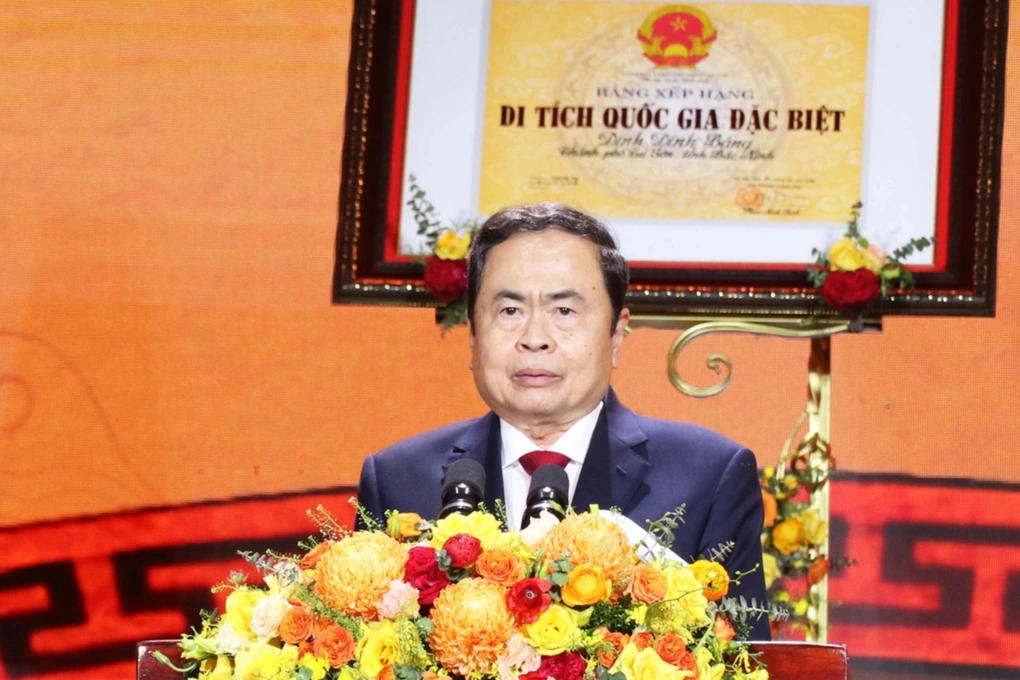



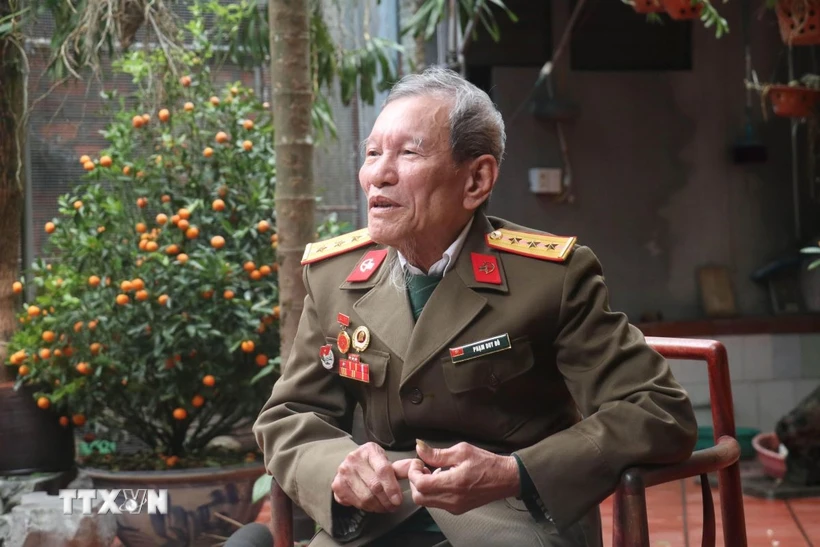
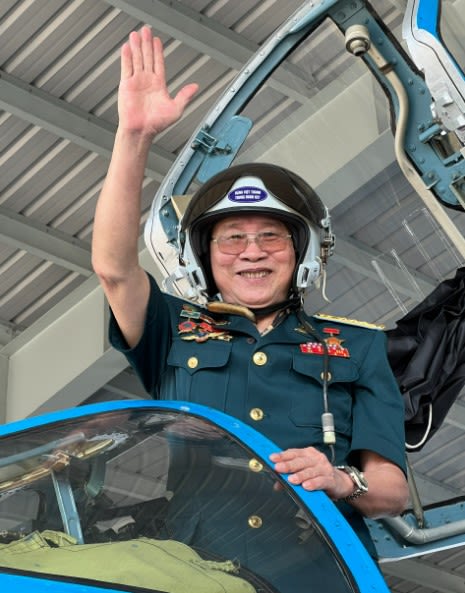

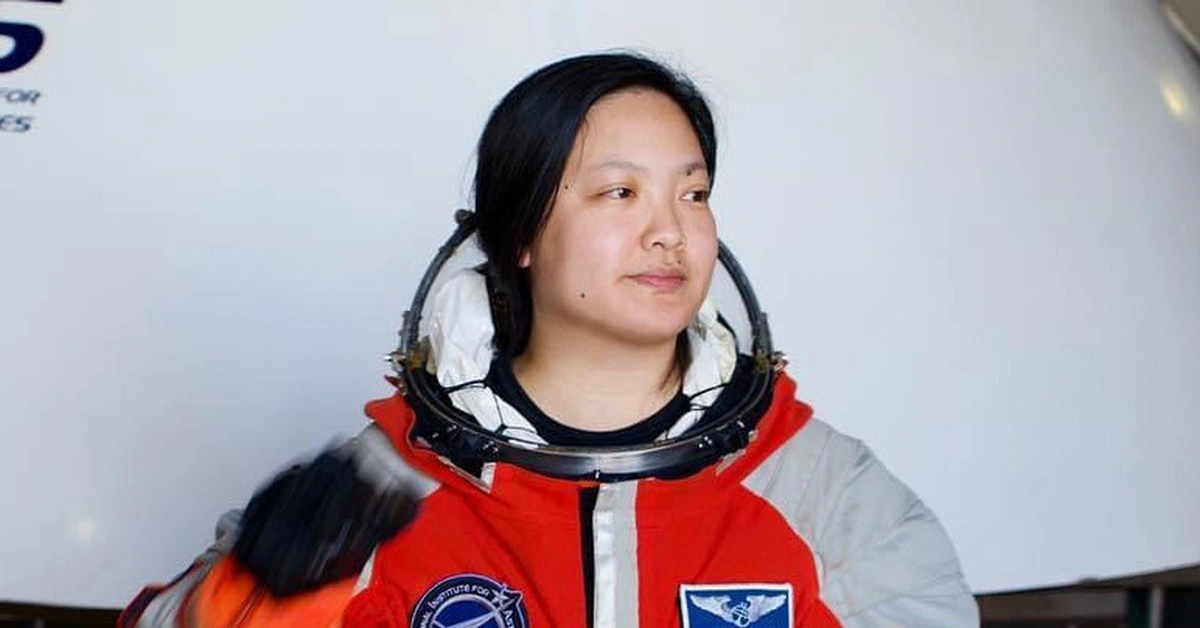


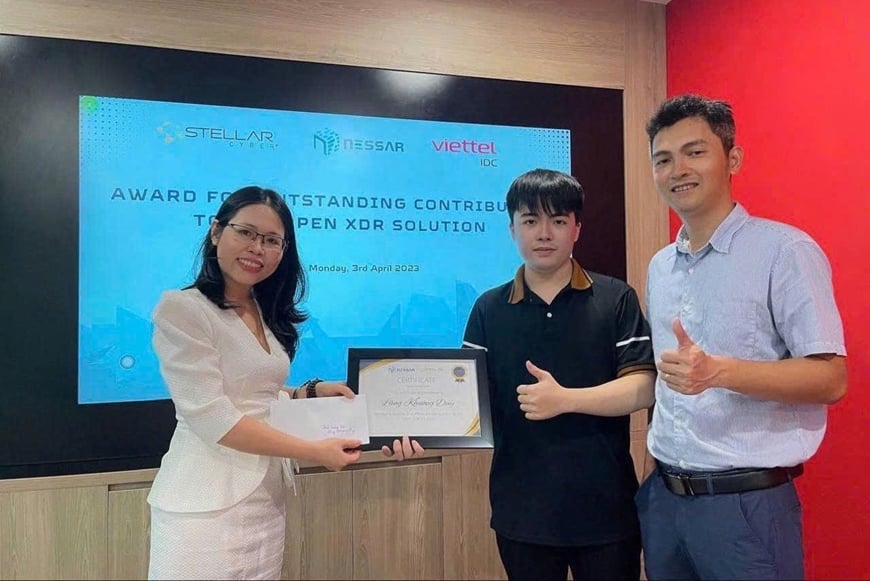

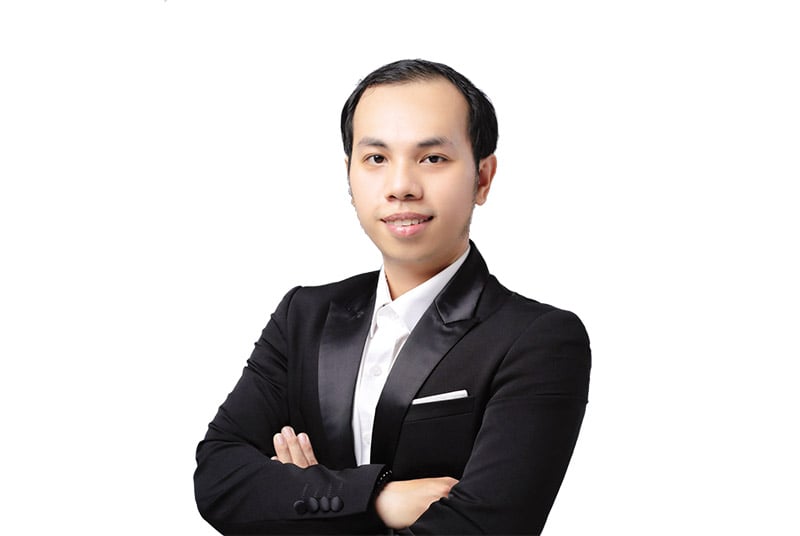



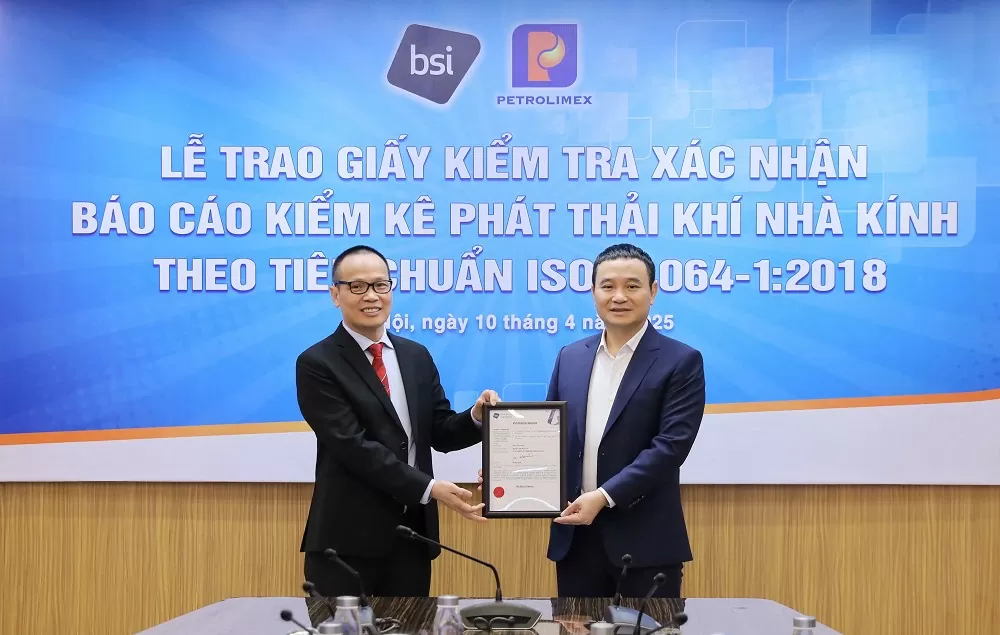




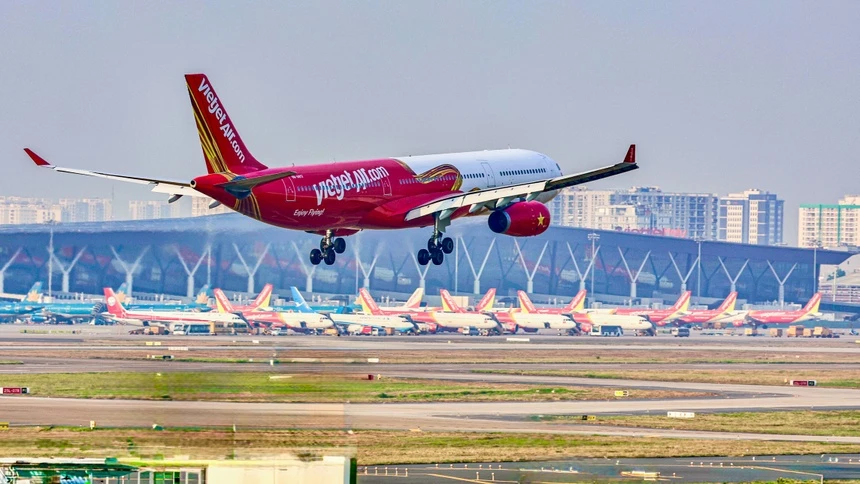

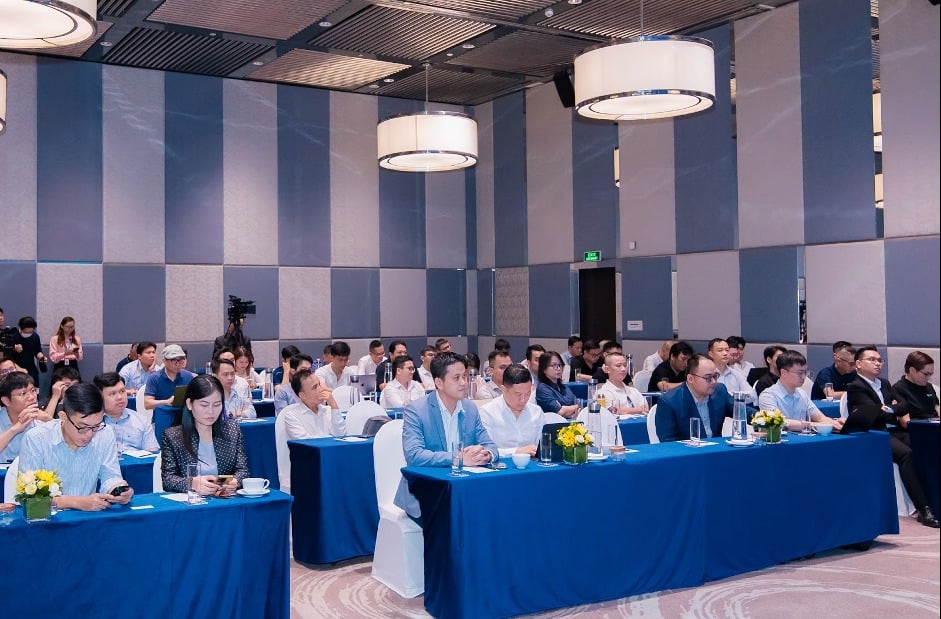


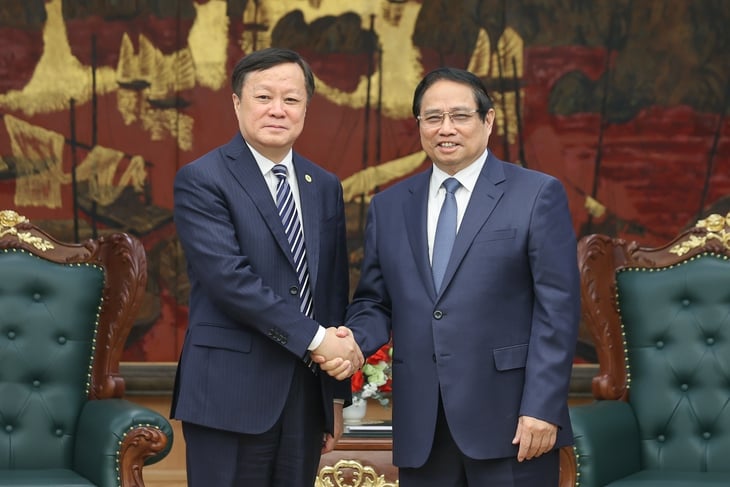
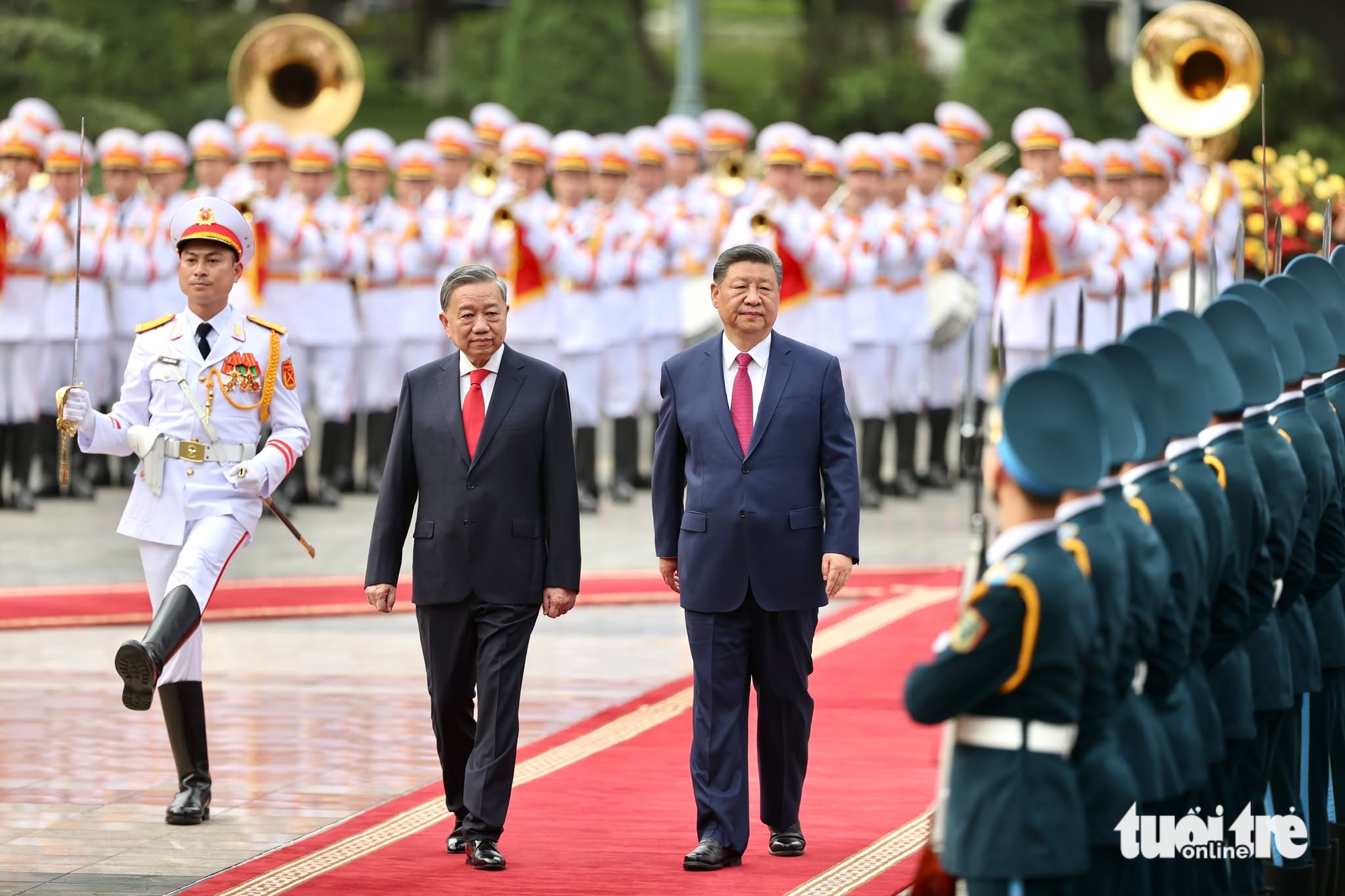
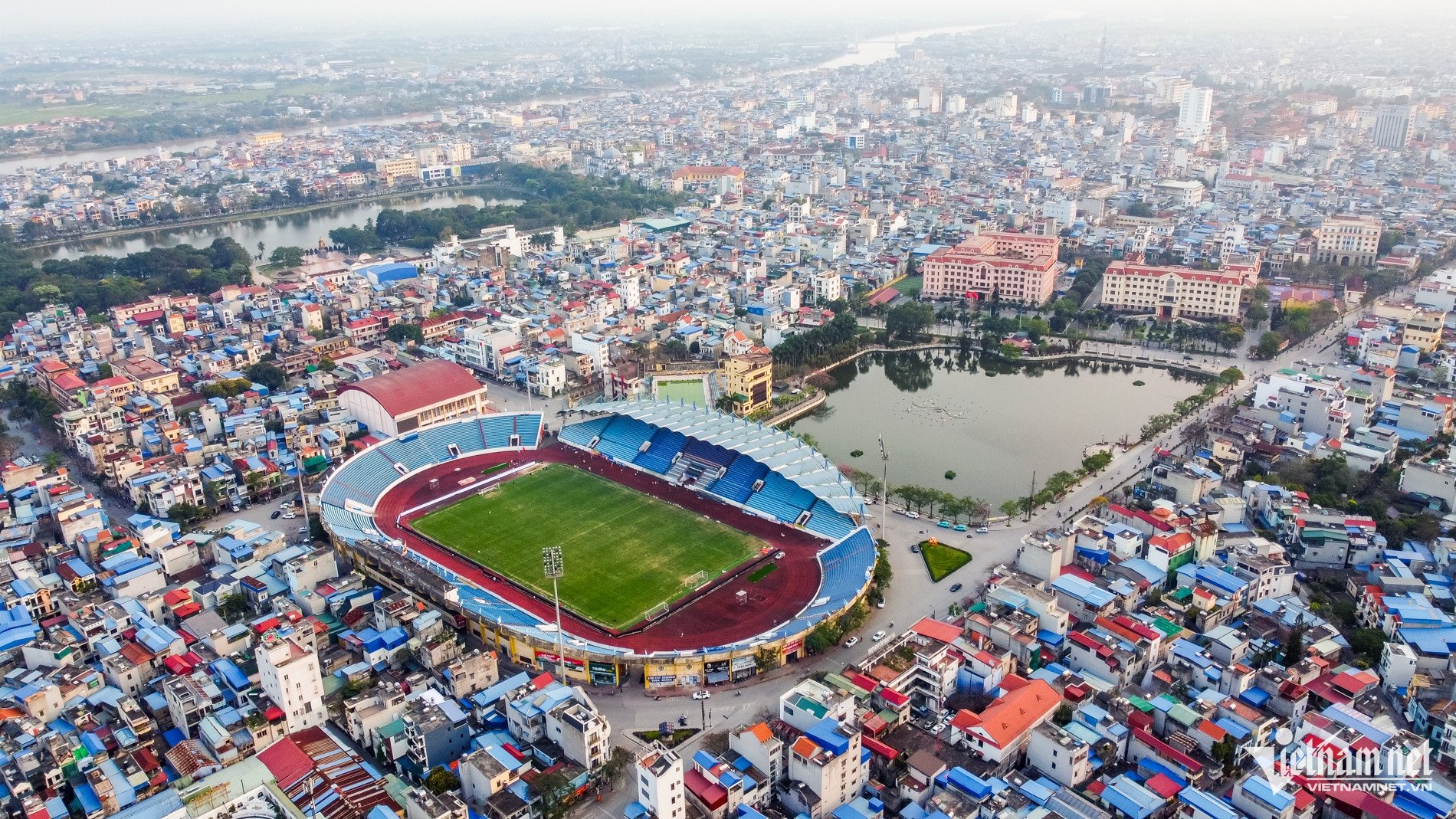
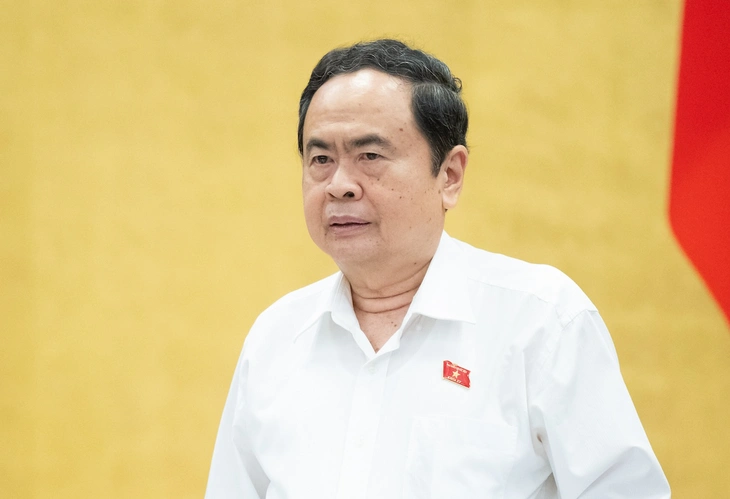
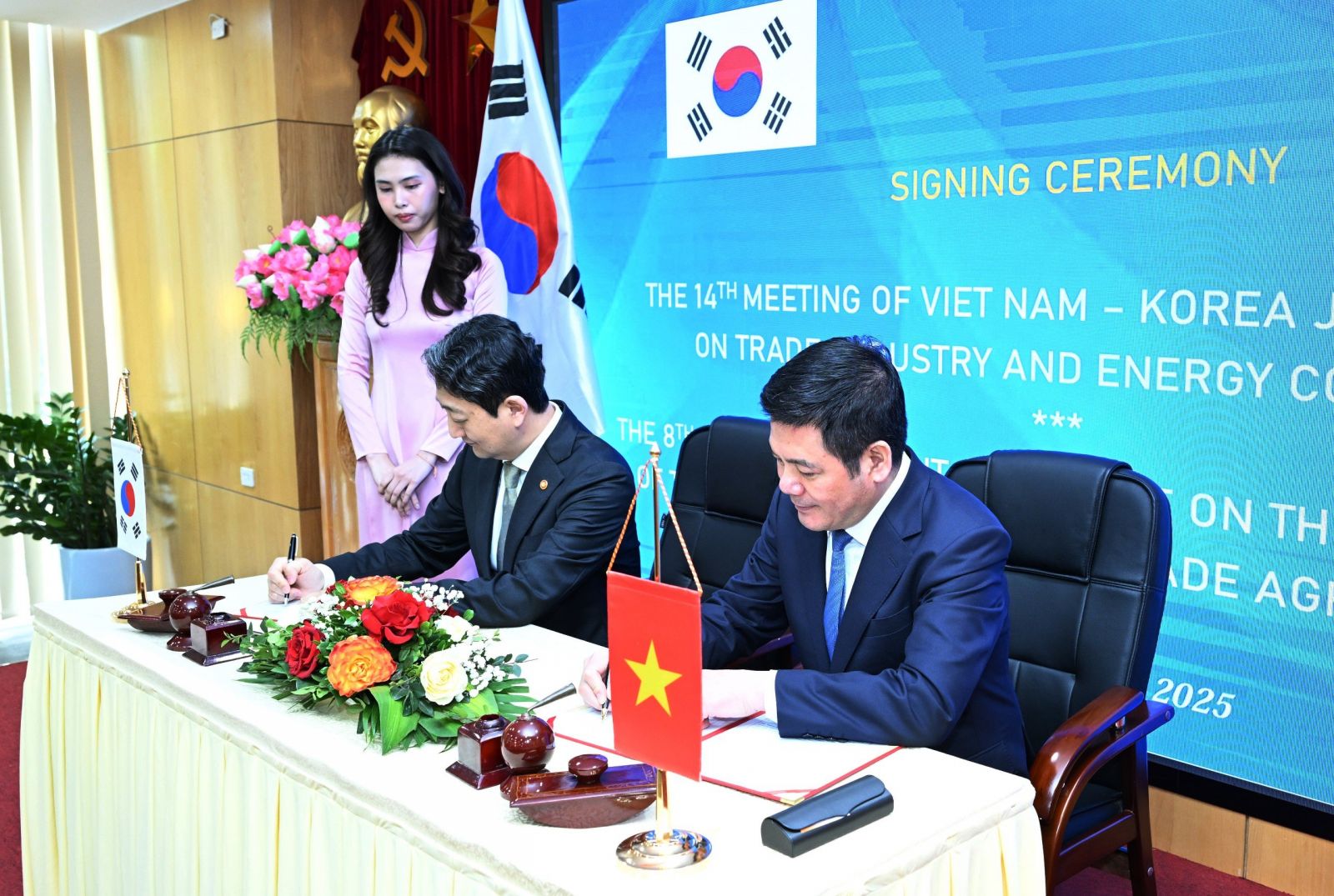

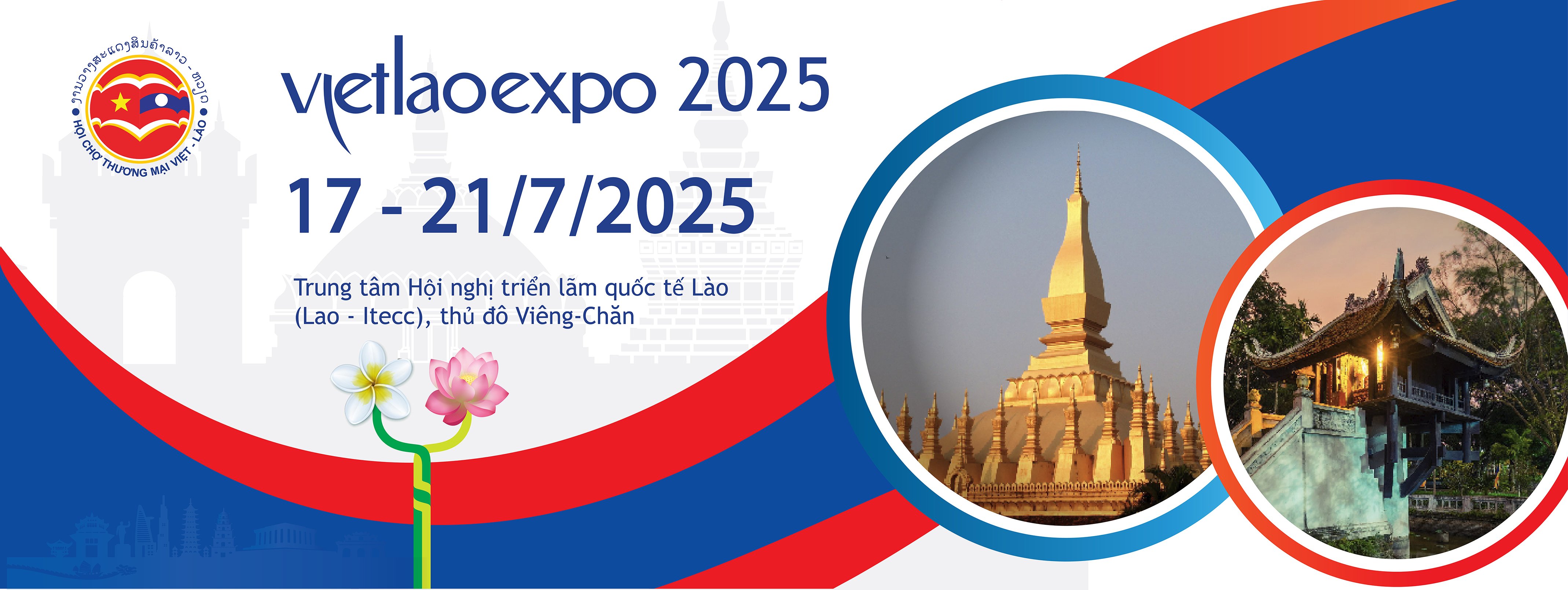
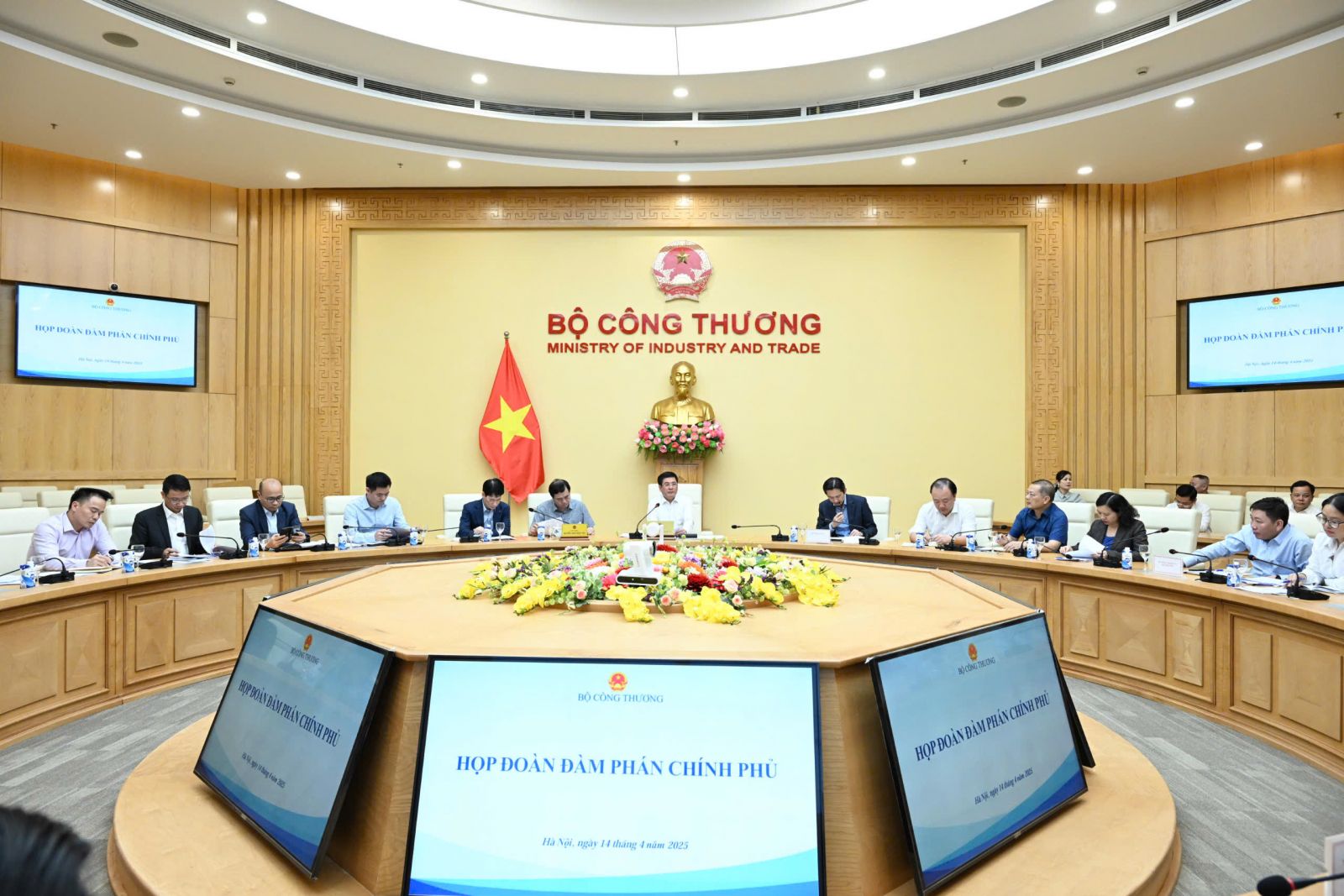
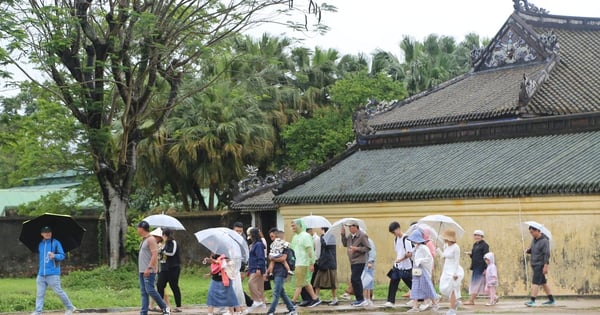

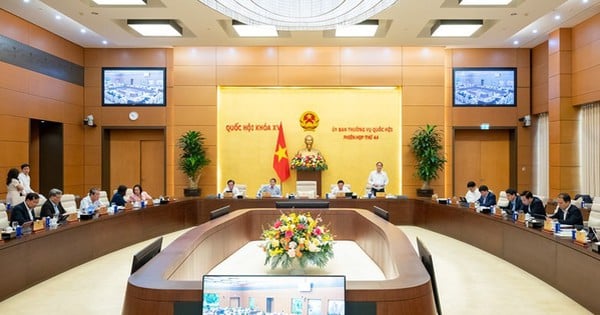
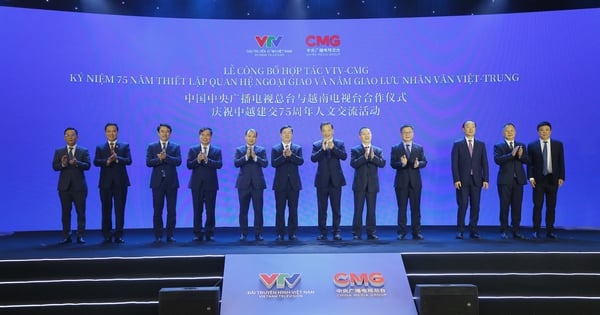
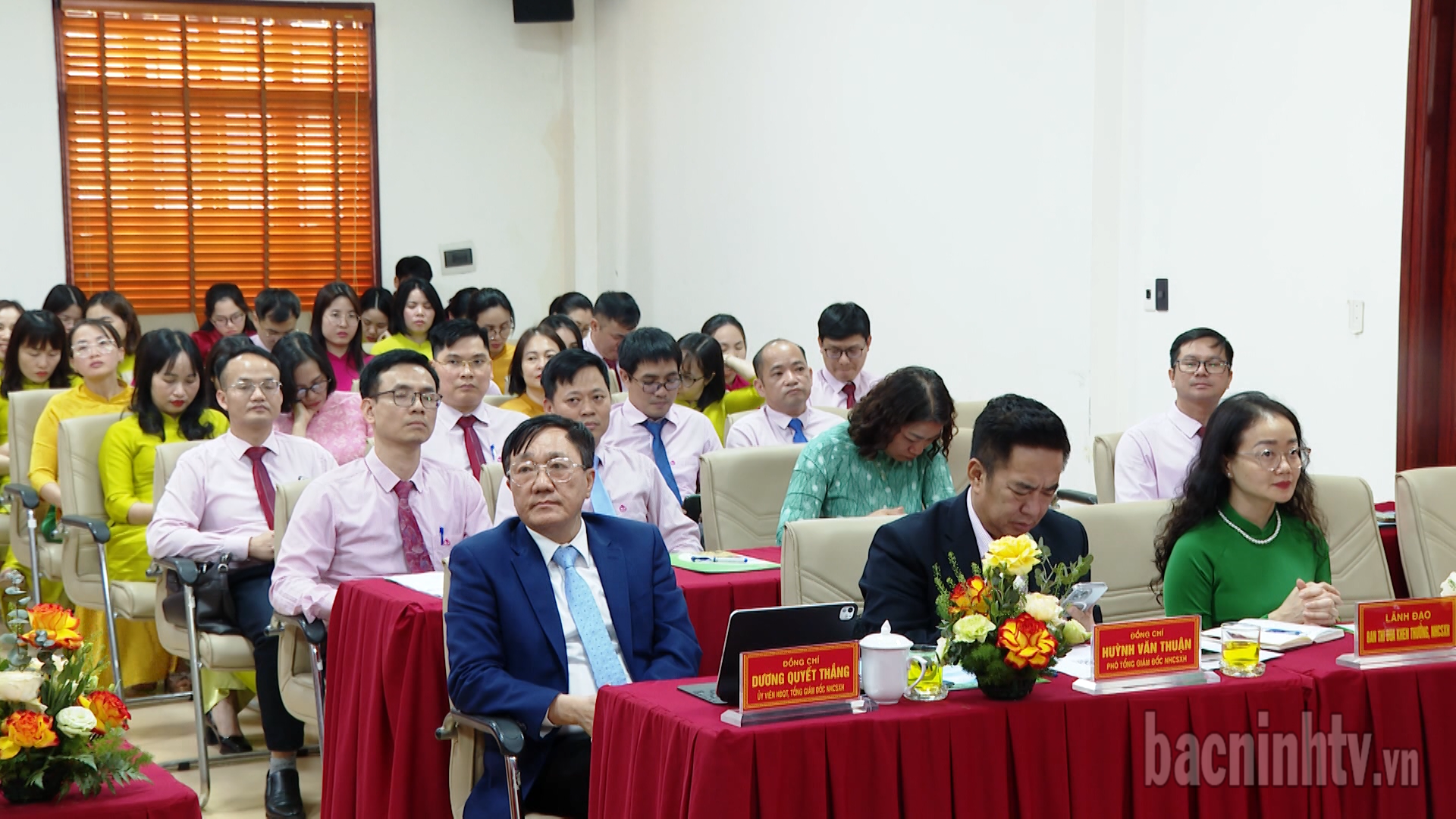
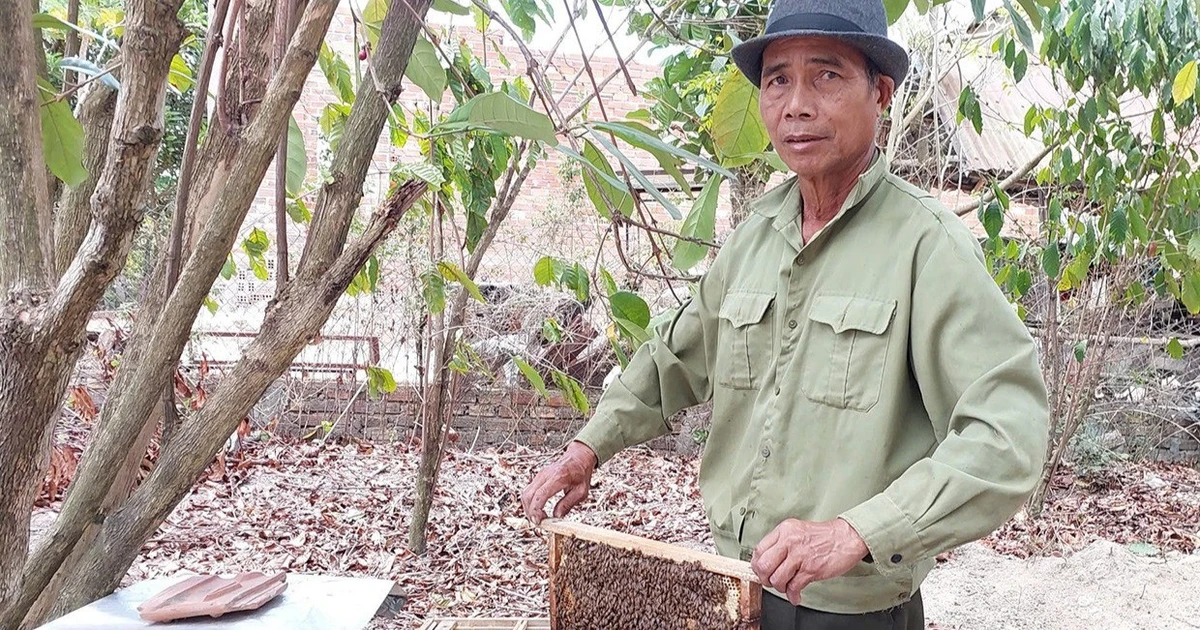




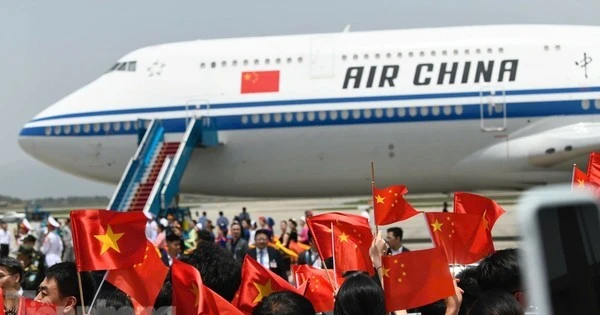
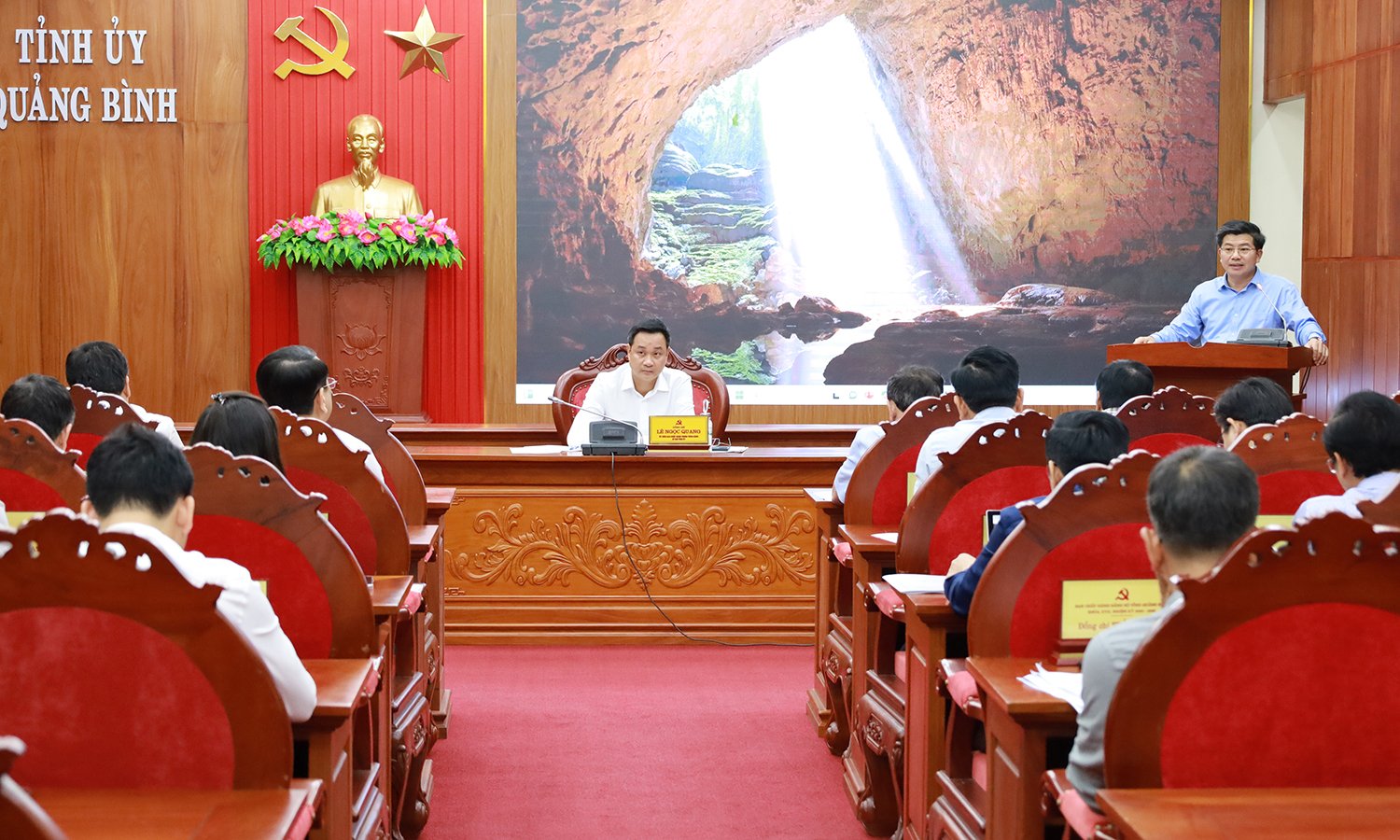
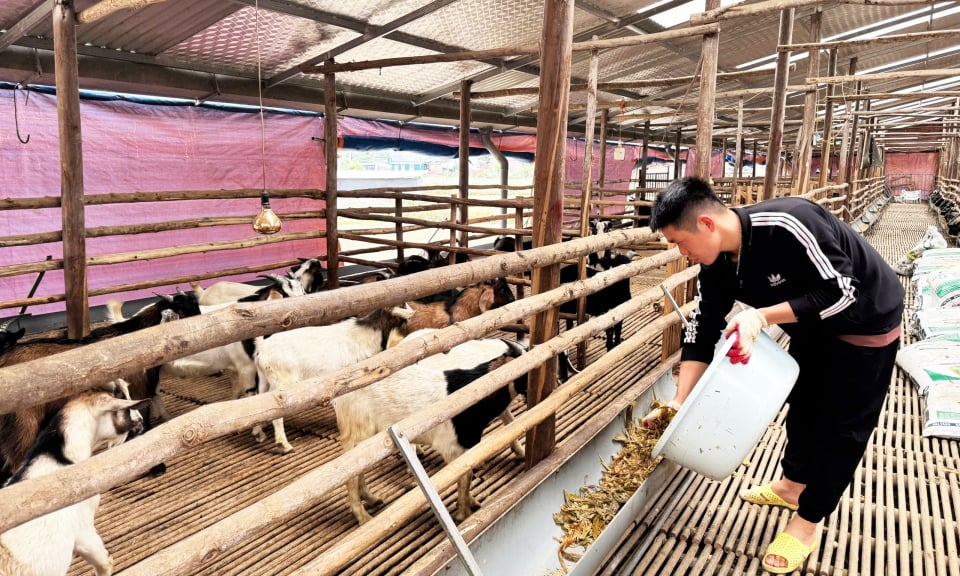








Comment (0)